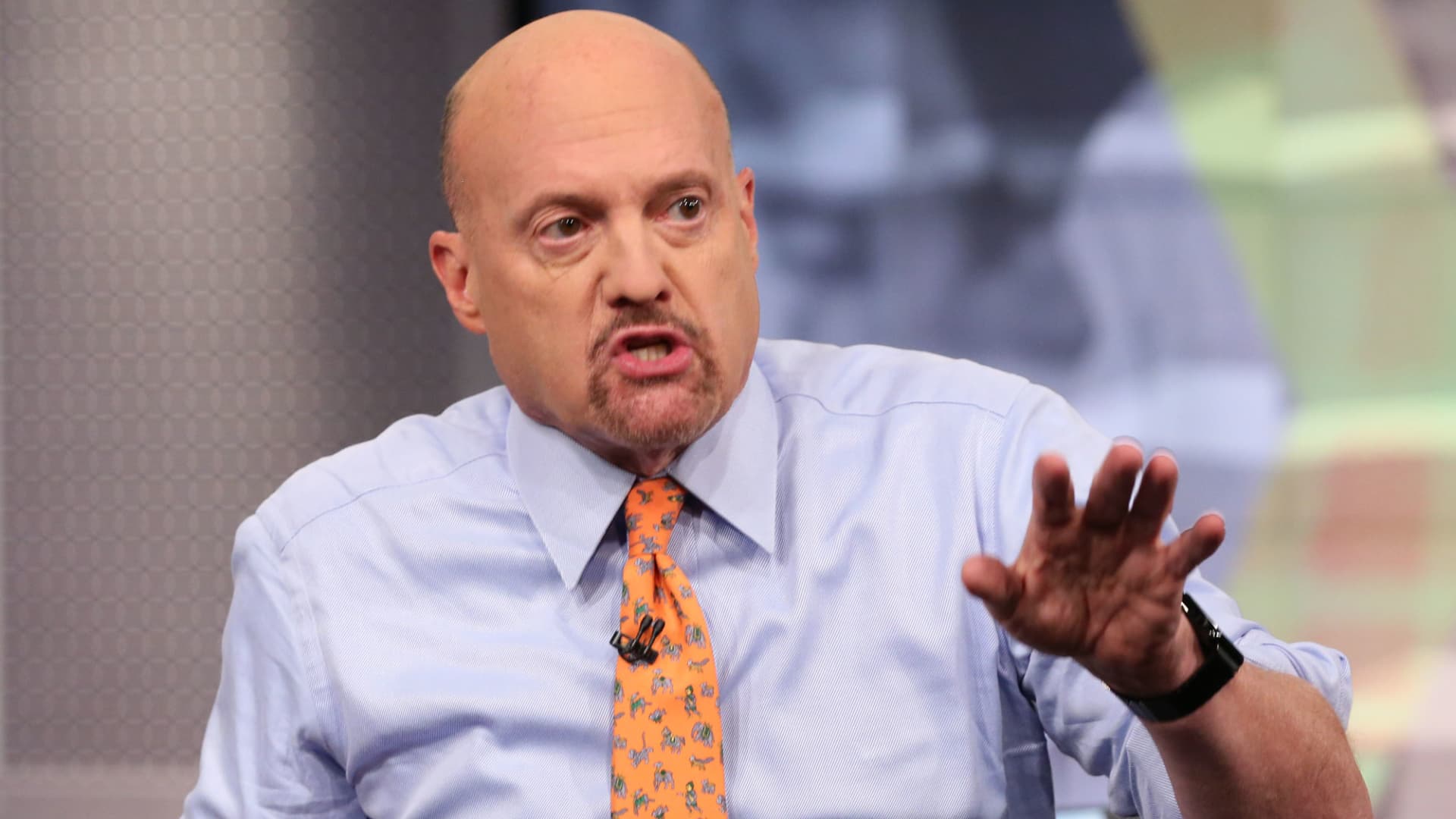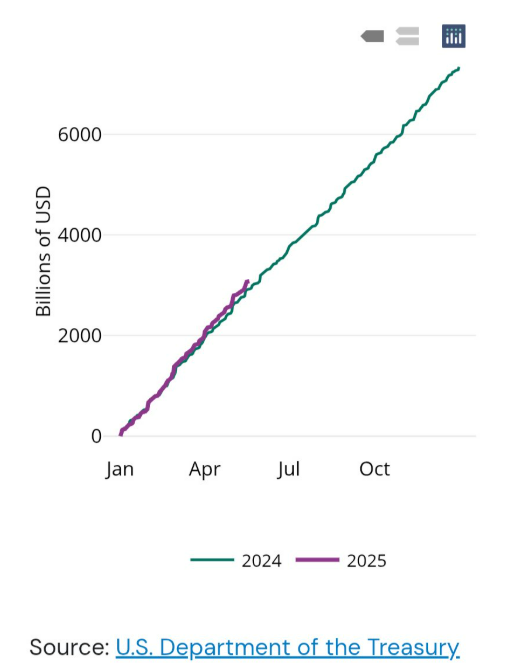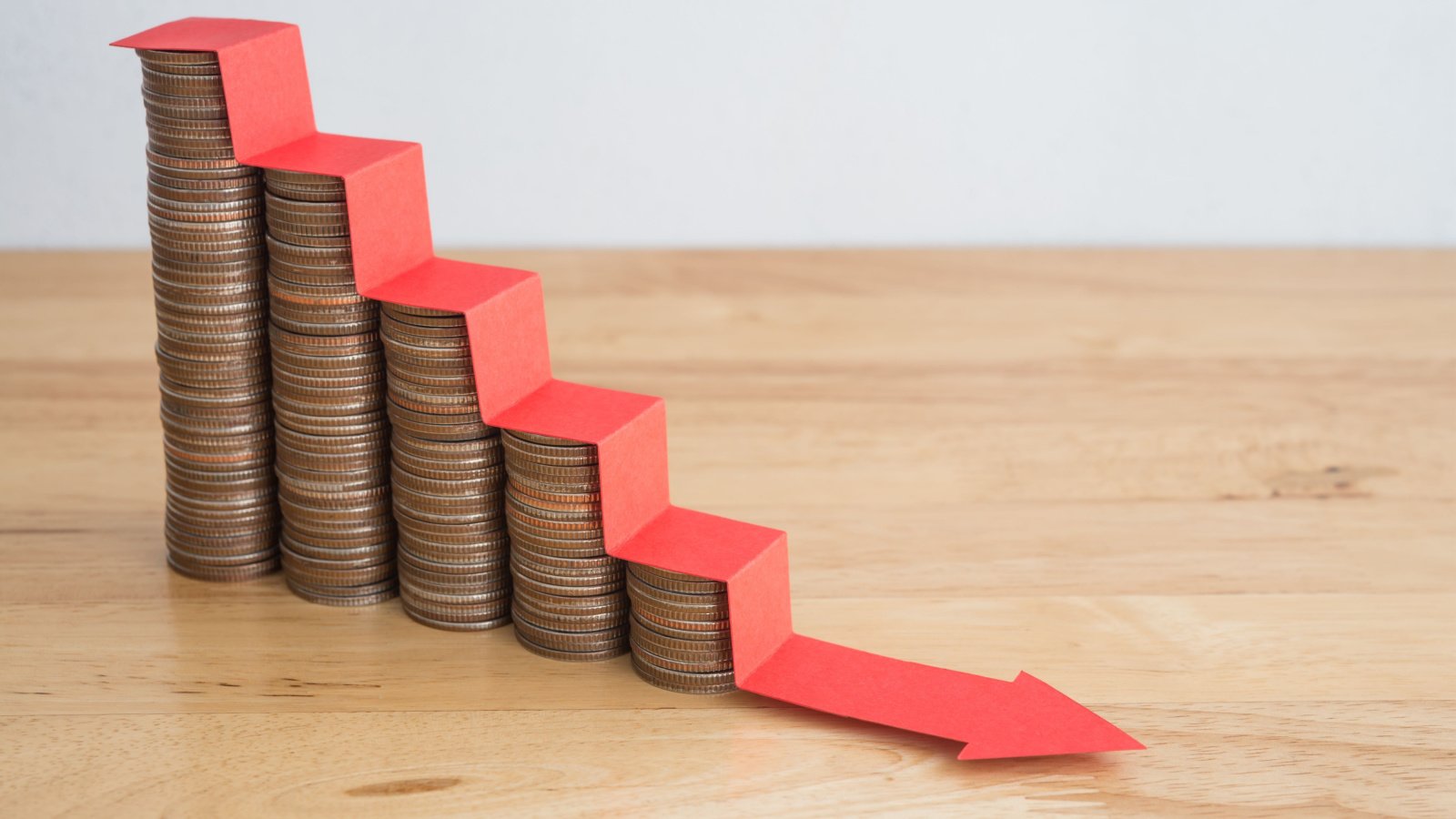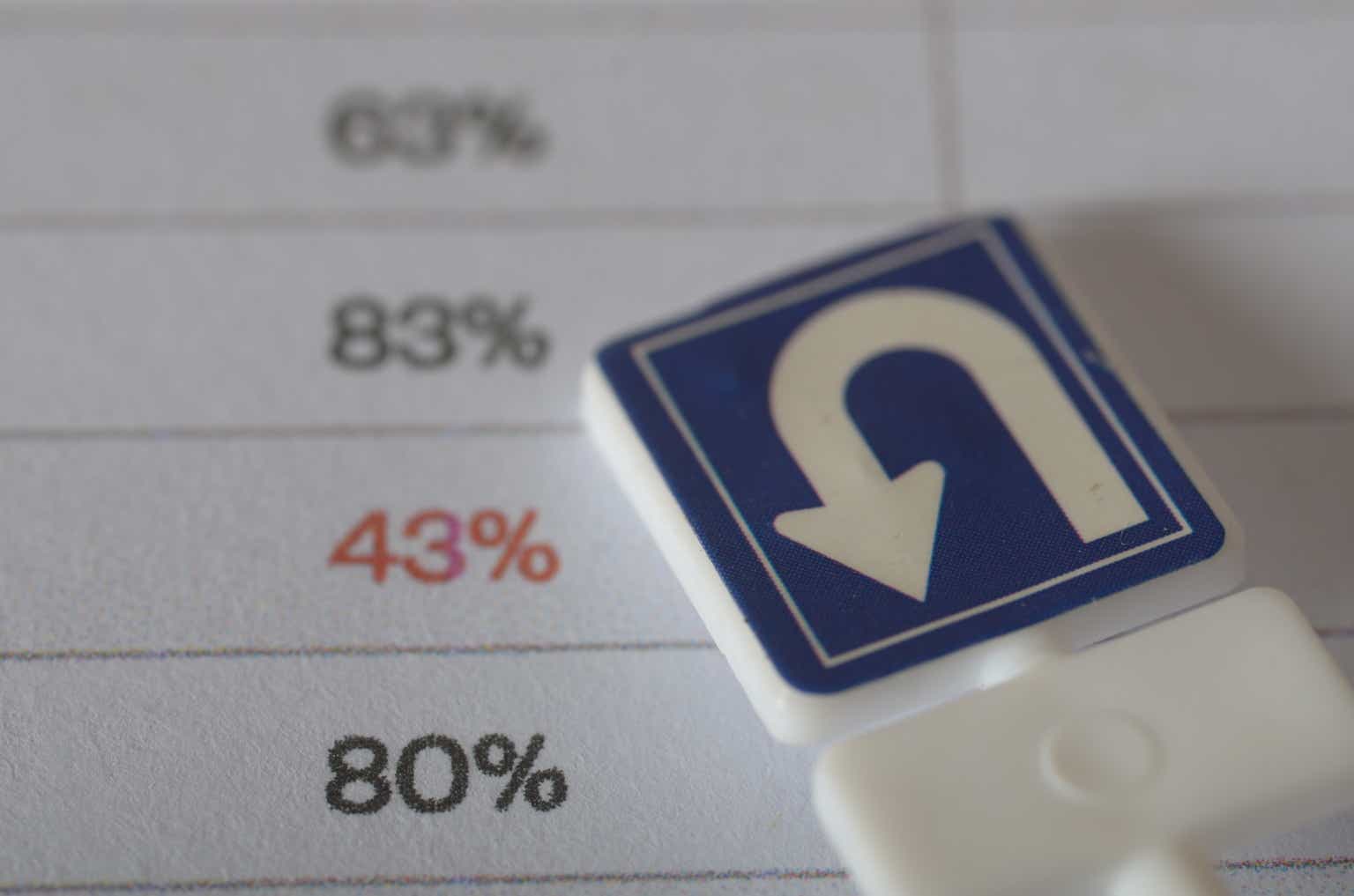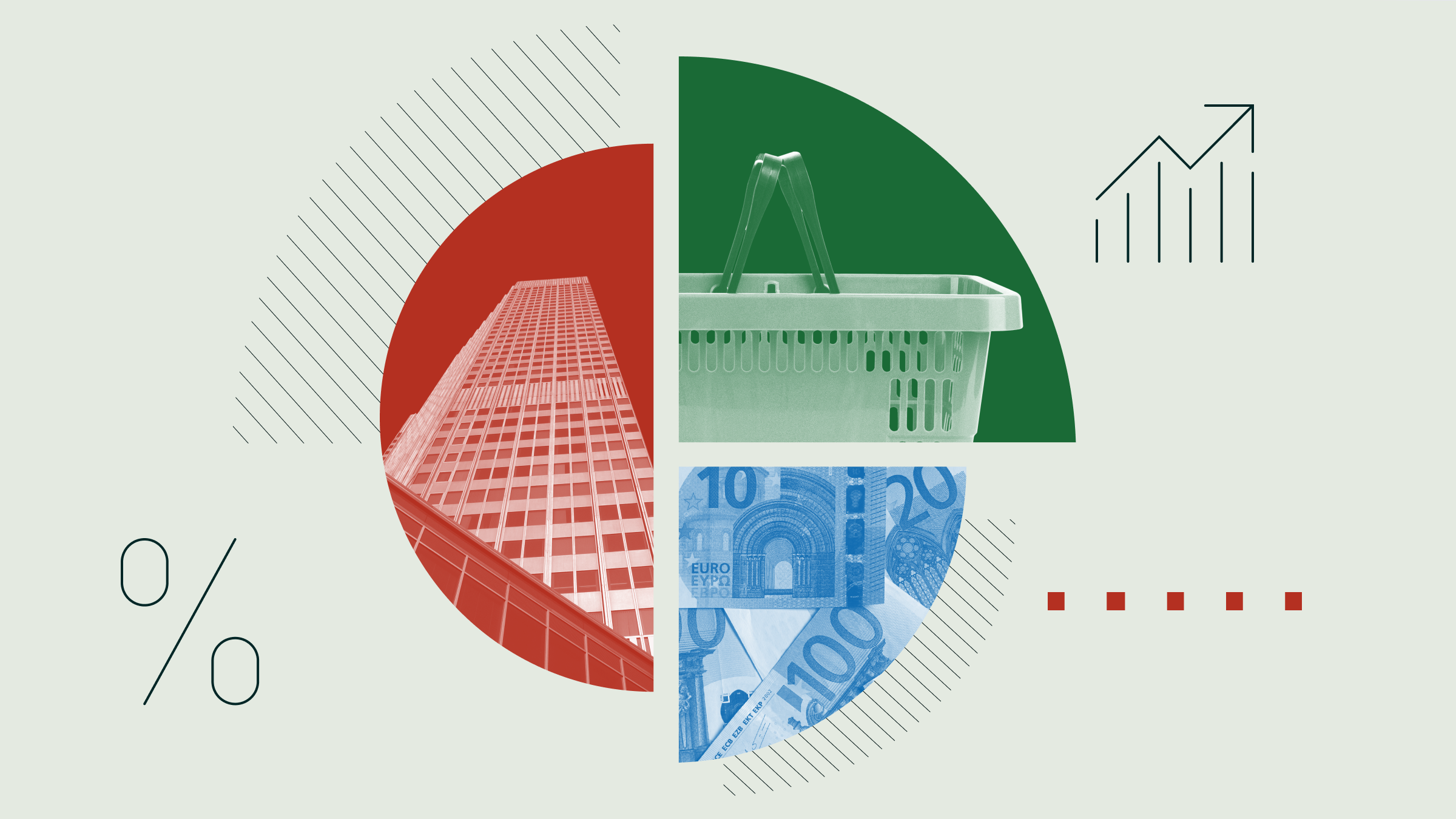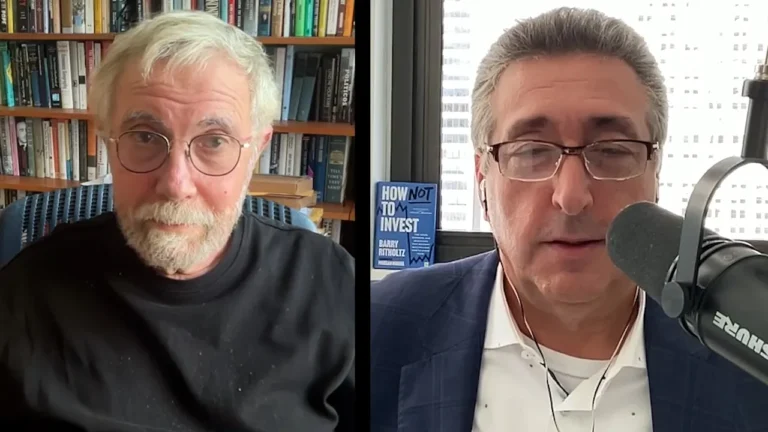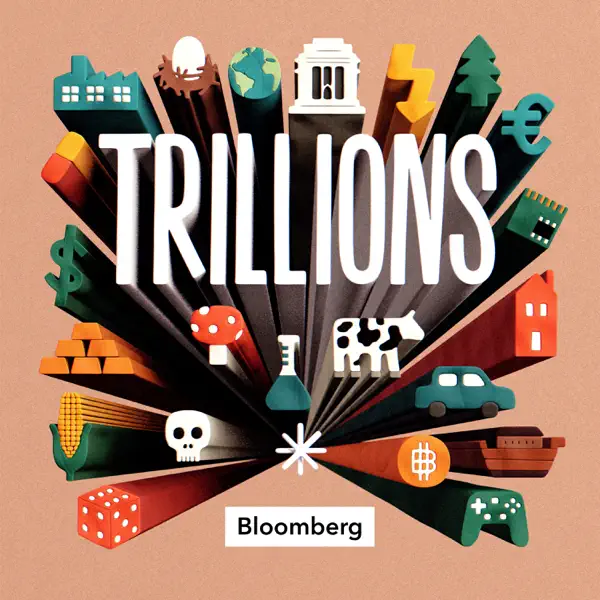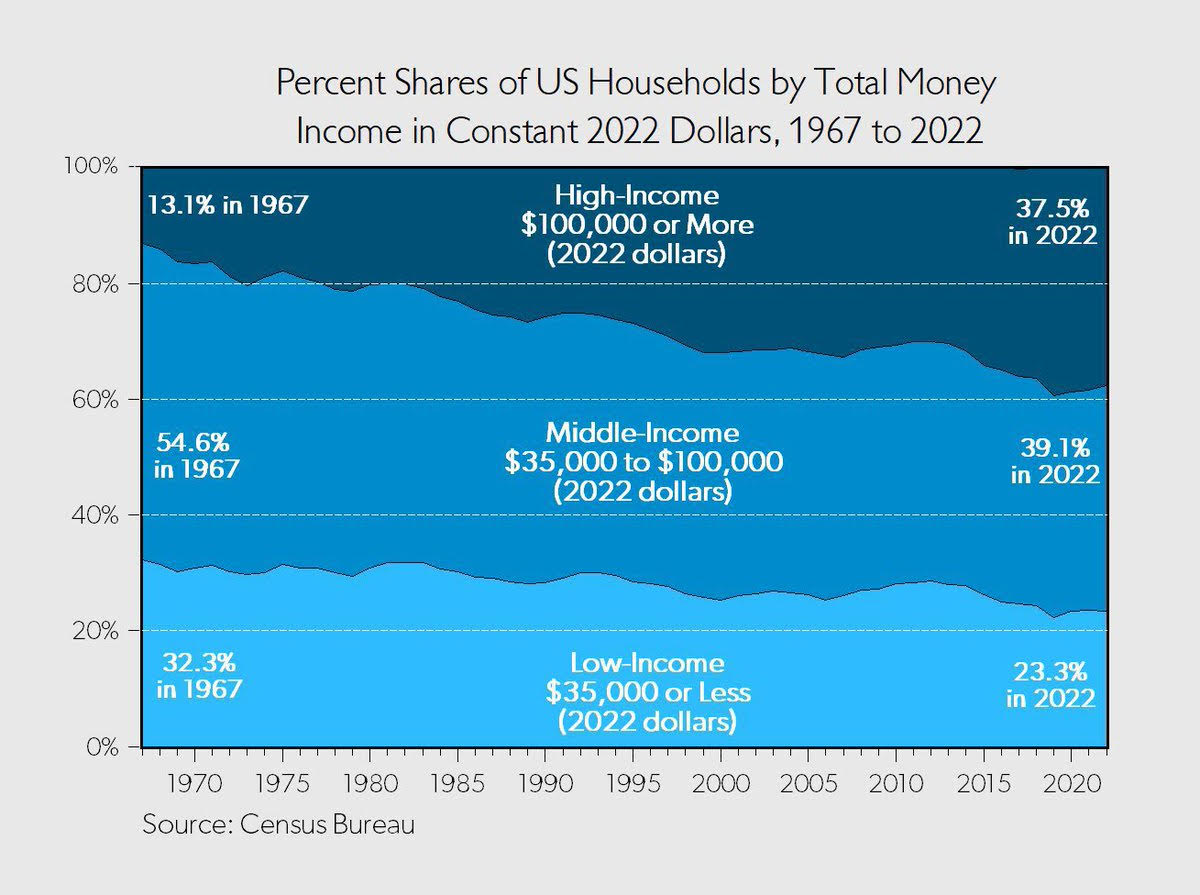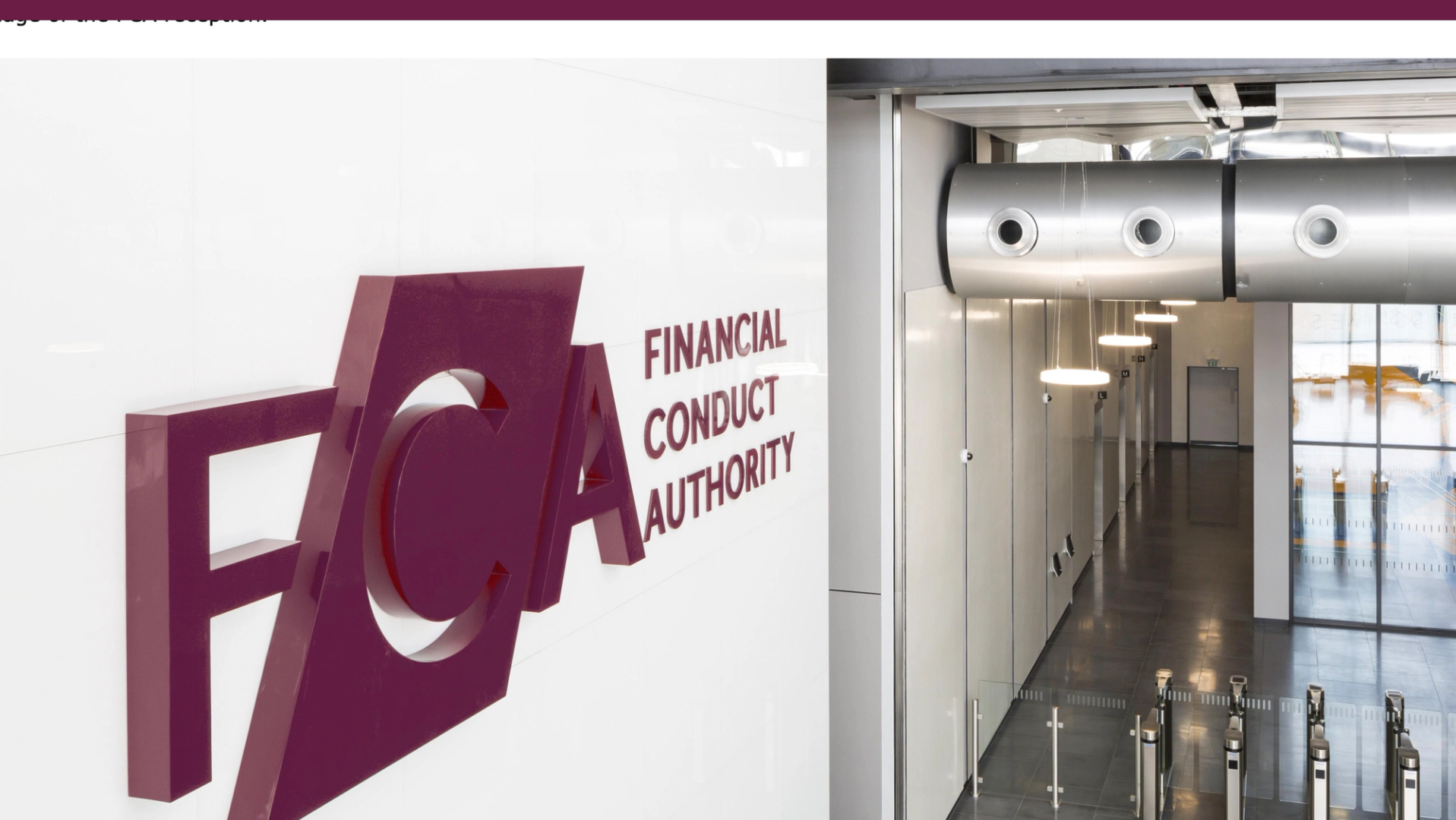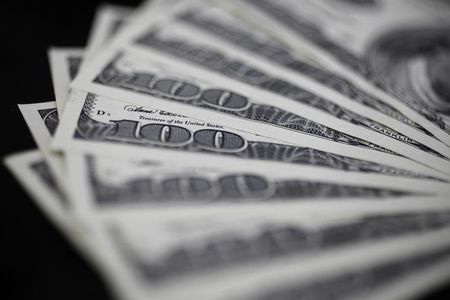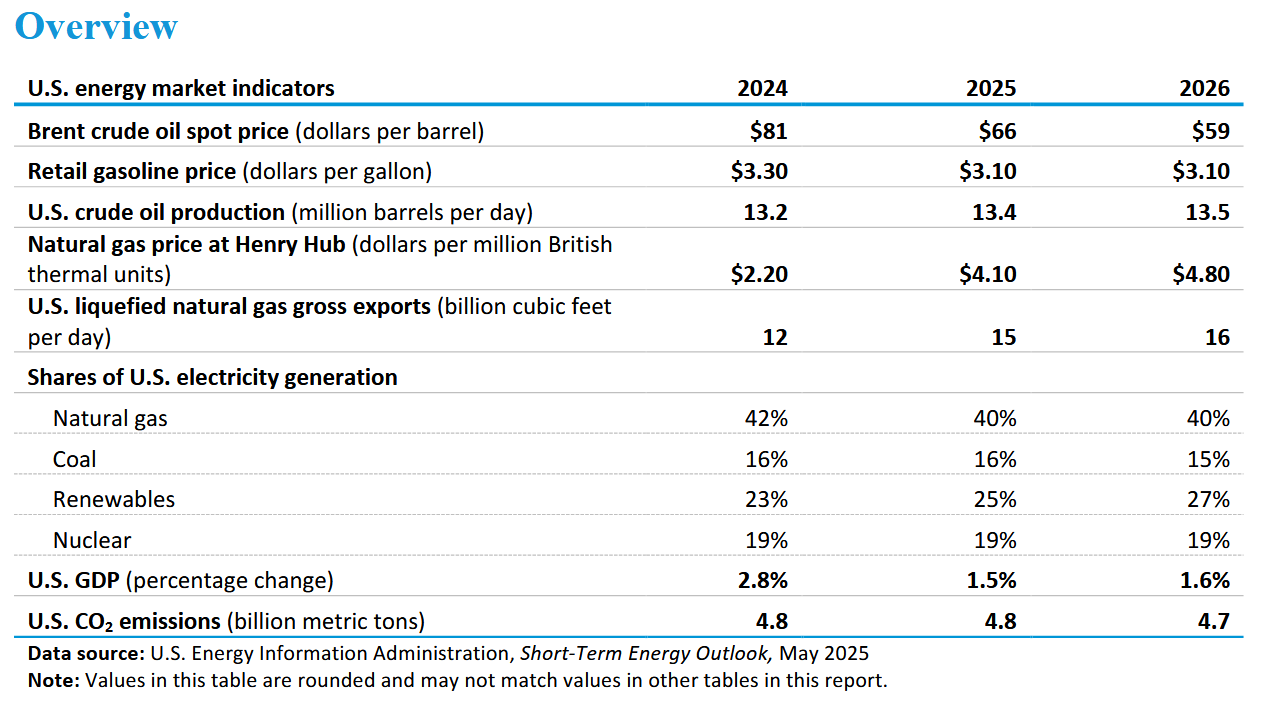Has the Safe Withdrawal Rate Doubled from 4% to 8%?
Retirement planning hinges on determining a sustainable withdrawal rate to ensure savings last a lifetime, but shifting market conditions in 2025 have sparked debate over the traditional 4% rule. Established in the 1990s by Bill Bengen, this guideline suggests retirees can withdraw 4% of their portfolio annually, adjusted for inflation, with a high likelihood of […] The post Has the Safe Withdrawal Rate Doubled from 4% to 8%? appeared first on 24/7 Wall St..

Are you ahead, or behind on retirement? SmartAsset’s free tool can match you with a financial advisor in minutes to help you answer that today. Each advisor has been carefully vetted, and must act in your best interests. Don’t waste another minute; get started by clicking here.(Sponsor)
Key Points in This Article:
Retirement planning hinges on determining a sustainable withdrawal rate to ensure savings last a lifetime, but shifting market conditions in 2025 have sparked debate over the traditional 4% rule.
Established in the 1990s by Bill Bengen, this guideline suggests retirees can withdraw 4% of their portfolio annually, adjusted for inflation, with a high likelihood of funds enduring 30 years. However, Morningstar’s analysis now projects a safe rate below 4% due to lower expected bond yields and stock returns, while bold voices like Dave Ramsey argue for rates as high as 8% or more.
Weighing the risks and benefits of an 8% withdrawal rate against the conservative 4% standard for retirees aiming for financial security, is the higher rate really viable? Let’s see if things are really different this time.
The 4% Rule: A Time-Tested Standard
The 4% rule assumes a balanced portfolio (made up of 60% stocks and 40% bonds) can withstand market fluctuations over three decades, based on historical S&P 500 returns averaging 10.7% annually from 1926 to 2024. By withdrawing 4% yearly, retirees preserve principal while accounting for inflation, ensuring funds last through recessions, like the 2008 financial crisis, which saw 37% market drops.
The rule’s strength lies in its conservative approach, protecting against sequence-of-return risk, where early market declines deplete portfolios faster. For a $1 million nest egg, 4% yields $40,000 annually, adjustable upward with inflation, offering stability for a 65-year-old planning for age 95.
Morningstar’s 2025 outlook, citing subdued returns (6% to 7% for stocks, 3% for bonds), suggests 3.7% may be safer, reflecting longer lifespans and economic uncertainty.
The Case for an 8% Withdrawal Rate
Advocates of an 8% withdrawal rate, like Ramsey, argue it’s feasible for retirees with robust portfolios, especially in strong market periods. From 2010 to 2020, the S&P 500 averaged 13.6% annual returns, allowing an 8% withdrawal ($80,000 from a $1 million portfolio) to potentially grow the principal.
This approach suits retirees seeking a higher income to fund travel or early retirement lifestyles, assuming markets continue outperforming. Ramsey emphasizes aggressive stock allocations (100% equities to maximize returns), arguing historical bull markets outlast bear markets. For risk-tolerant retirees with shorter horizons or supplemental income (e.g., pensions), 8% can enhance quality of life without immediate depletion, provided the markets cooperate.
Risks of Doubling the Withdrawal Rate
An 8% withdrawal rate carries significant dangers, however. Sequence-of-return risk is a primary concern. If a retiree starts withdrawing 8% during a market crash, like 2008’s 50% drop, their portfolio shrinks rapidly, leaving less to recover.
For example, a $1 million portfolio dropping to $500,000 in year one, with $80,000 withdrawn, will struggle to rebound, risking depletion within 15 years. The 2000 to 2002 dot-com crash, where 8% withdrawals left retirees vulnerable, underscores this.
Longer lifespans, with 20% of Americans over 65 reaching 100 according to the U.S. Centers for Disease Control, amplify the issue: 8% withdrawals could exhaust funds if medical costs spike. Morningstar’s conservative projections, factoring in 2.5% inflation and lower yields, highlight that 8% already strains portfolios, let alone doubling it. Even in strong markets, high withdrawals erode compounding, undermining long-term growth.
A Balanced Perspective and Alternatives
Doubling the safe withdrawal rate to 8% is not broadly advisable, as it assumes sustained market gains and ignores significant risks. The 4% rule remains a reliable benchmark, but flexibility is key.
Dynamic withdrawal strategies, adjusting withdrawals based on market performance (e.g., 5% in bull markets, 3% in bear markets), offer a middle ground. The bucket approach of dividing assets into short-term (cash), medium-term (bonds), and long-term (stocks) guards against forced sales during downturns.
For a retiree with $75,000 annual expenses, a $1.875M portfolio at 4% yields $40,000, requiring supplemental income, but dynamic adjustments or part-time work can bridge gaps. Consulting a financial advisor is crucial to tailor withdrawals to your risk tolerance, portfolio size, and lifespan expectations.
Key Takeaway
The safe withdrawal rate has not doubled to 8%. The 4% rule, or slightly below, remains safer, balancing income with longevity. An 8% rate risks depleting your portfolio amid crashes or extended lifespans, though selective use with strong markets or flexibility may work. As it has always been, personalized planning is essential for retirement security.
The post Has the Safe Withdrawal Rate Doubled from 4% to 8%? appeared first on 24/7 Wall St..










































